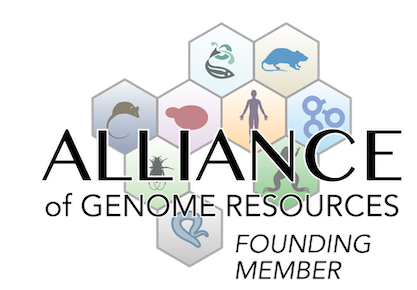mortality/aging
|
• from 3 weeks of age, mice need a warm environment with easy access to food and water in order to survive
|
growth/size/body
|
• mice are normal size at 1 week of age but are approximately half the weight of wild-type mice at 3 week and the average body weight is about 35% of wild-type at 12 weeks
|
|
• mice normally until 2 weeks of age and show growth retardation after this point
|
endocrine/exocrine glands
|
• growth hormone-expressing somatotroph cells are not detected in anterior lobes of the pituitary gland
|
|
• the body weight-adjusted pituitary gland weight is 40% of that of wild-type mice and the anterior lobe is particularly hypoplastic while the middle and posterior lobes are similar in size to wild-type mice
|
homeostasis/metabolism
|
• serum levels of total thyroxine are 20% of wild-type littermates
|
|
• circulating prolactin levels are undetectable
|
|
• circulating IGF-1 levels are undetectable
|
|
• circulating adrenocorticotropin levels are slightly higher than in wild-type mice, but there are large individual differences regardless of genotype or sex
|
nervous system
|
• growth hormone-expressing somatotroph cells are not detected in anterior lobes of the pituitary gland
|
|
• the body weight-adjusted pituitary gland weight is 40% of that of wild-type mice and the anterior lobe is particularly hypoplastic while the middle and posterior lobes are similar in size to wild-type mice
|



 Analysis Tools
Analysis Tools